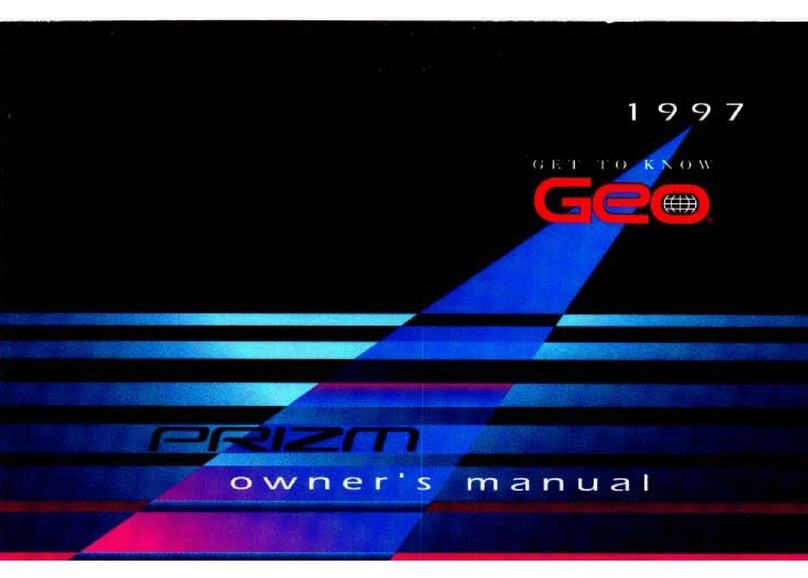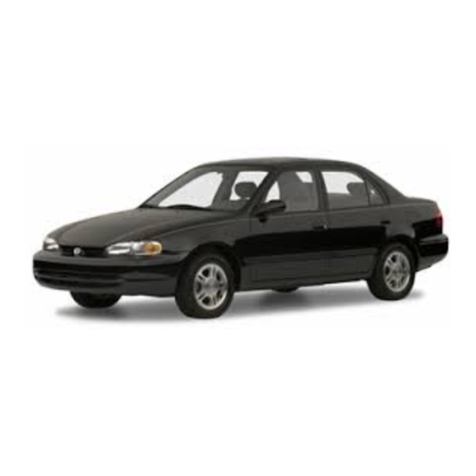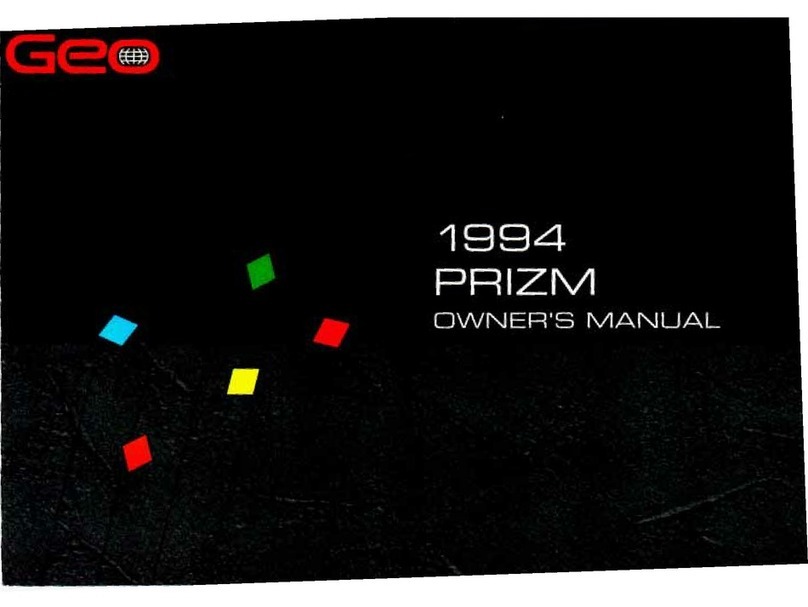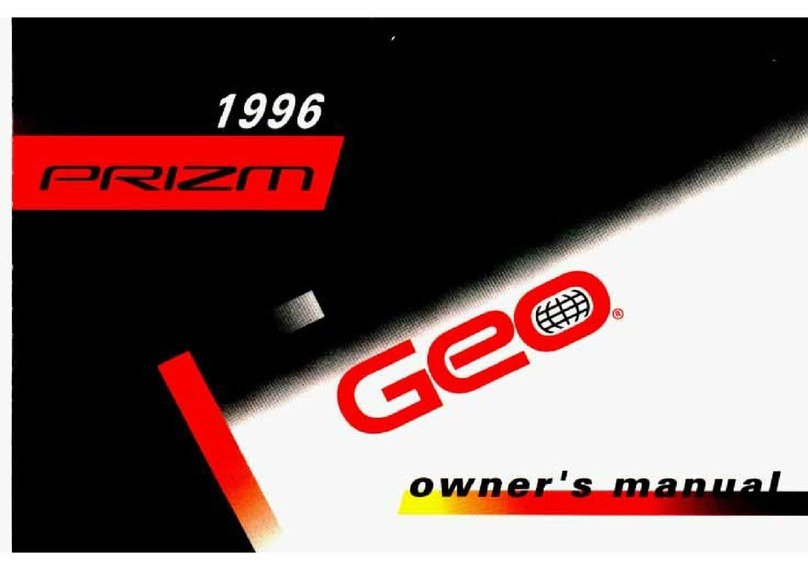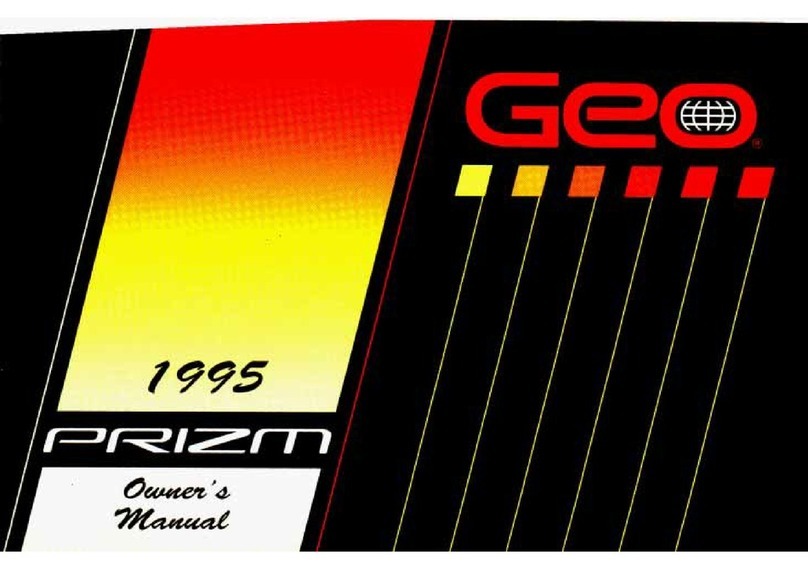CAUTION
Part
5:
Problems
on
the Road
This part tells you what to do if you
have a problem while driving, such as a
flat tire or engine overheating.
Part
6:
Service
&
Appearance Care
Here the manual tells you how to keep
your Geo running properly and looking
good.
Part
7:
Maintenance Schedule
This part tells you when to perform
vehicle maintenance and what fluids and
lubricants to use.
Part
8:
Customer Assistance
Information
This
part includes important information
about reporting safety defects and gives
you details about the “Roadside
Assistance” program. Youwillalsofind
customer satisfaction phone numbers
(including customer satisfaction numbers
for the hearing and speech impaired) as
well as the mediatiodarbitration
procedure. We’ve also included ordering
information for service publications in
this part.
Service Station Information
This is a quick reference
of
service
information.
You
canfinditonthe last
page of this manual.
A
Thesemean there
is
something
that could
hurt
you
orother
people.
Safety Warnings and
Symbols
You
will find a number of safety
cautions
in
this book. We use yellow
and the word CAUTION to tell you
about things that could
hurt
you
if you
were to ignore the warning.
In the yellow caution area, we tell you
what the hazard is. Then we tell you
what to do to help avoid or reduce the
hazard. Please read these cautions. If
you don’t,
you
or others could be hurt.
5...
